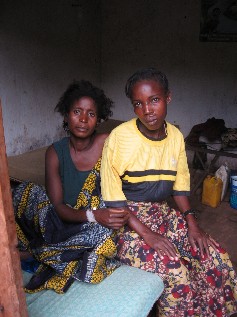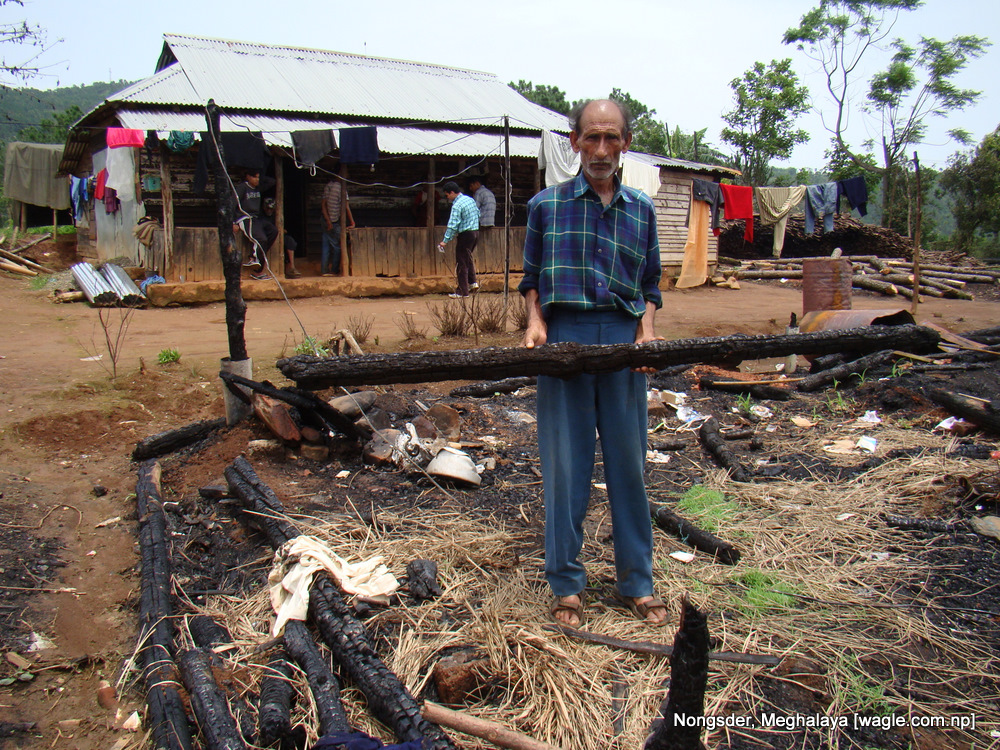By Laura Hirahara
Impunity Watch, Africa

FIZI, South Kivu, DR Congo– On New Year’s Day, approximately thirty-three women were raped during an attack in the Democratic Republic of Congo in the small town of Fizi, located in the eastern region of South Kivu. The organization Doctors Without Borders (MSF) reported that at their hospital in Fizi, fourteen women were treated on January 3rd, and another nineteen the following day. Two more individuals were transferred to Baraka Hospital, 32 km to the south. One had been beaten in the head with a rock and the other was suffering from a gunshot wound to the chest. Annemarie Loof, an official with MSF, said of the attack, “Women had been restrained with ropes or beaten unconscious with the butt of a gun before being attacked, some in front of their children.”
Violence between the residents of Fizi and the Congolese army (FARDC) had been escalating in the days before the attack after a boy in Fizi was fatally shot during an argument with two soldiers. Later, residents of the town beat one of the soldiers to death. Despite these clashes with the FARDC, none of the reporting agencies have confirmed who carried out the New Year’s Day attack. In a statement made to Reuters AlertNet, Katrien Coppens, the operations manager for MSF DRC stated, “Unfortunately it is a feature of the war in DRC but … this massive scale (of rape) in one day in a relatively small town is very shocking.”
Rape is a common weapon of war in the DR Congo and according to the U.N., 15,000 women were raped in Eastern Congo in 2009. During that same year, MSF provided medical and psychological care for 5,600 rape victims in the North and South Kivu region. As high as these numbers are, MSF and other humanitarian groups believe many more cases are unreported. Last September the U.N. harshly criticized the Congolese government for failing to prevent a mass rape that took place between July 30 and August 2 and left 303 civilian victims in the Walikale region of Congo’s North Kivu province. This attack, carried out by Rwandan and Congolese soldiers, occurred within a mile of a U.N. peacekeeper base. The International Medical Corps. reported that during an attack on the town of Luvungi and five neighbouring villages, husbands were forced to watch their family members being raped while some victims were dragged into the forest. After this most recent attack in Fizi, many fear the Congolese government is not doing enough to end war rape. In the MSF report on Fizi, Loof said, “MSF is extremely concerned about the current situation in and around Fizi. People are fleeing the area fearing further violent attacks.”
For more information, please see;
MSF- Press Release: MSF Treats Victims of Mass Rape on New Year’s Day in DRC– 6 Jan., 2011
CNN- Women Raped in Mass Attack in Congo, Humanitarian Group Says– 7 Jan., 2011
Reuters AlertNet- Gunmen Carry Out New Year Gang-Rape in Congo-MSF– 7 Jan., 2011
Guardian.co.uk- More Than 30 Women Raped and Beaten in DR Congo Attack– 7 Jan., 2011
